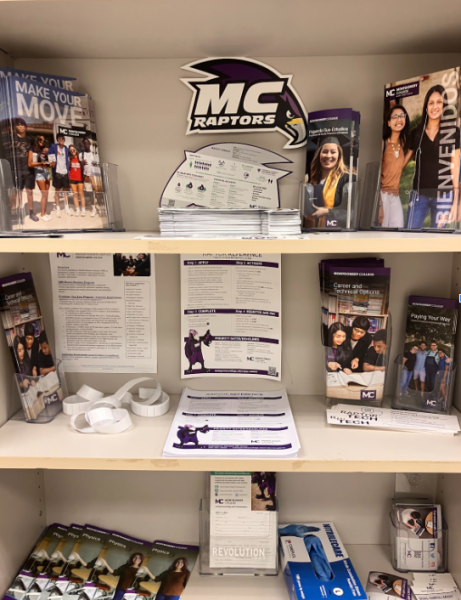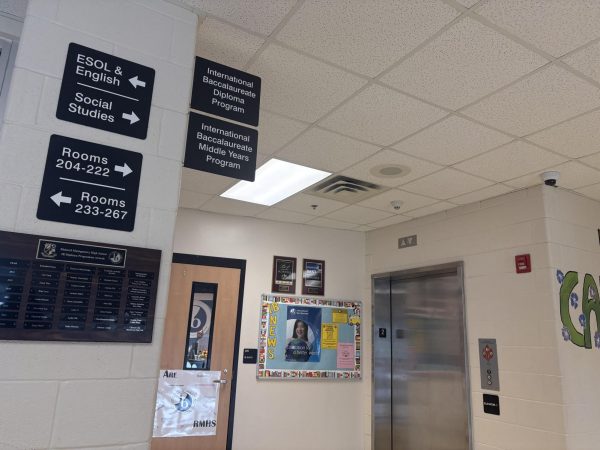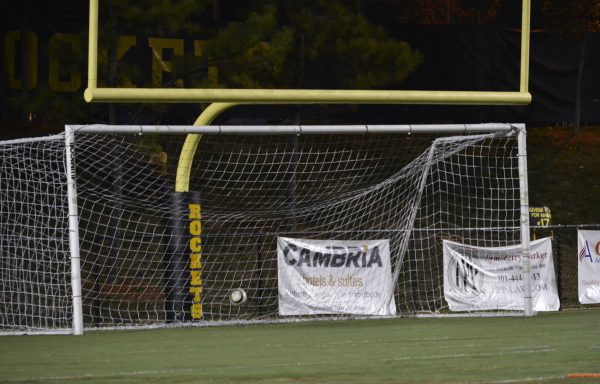The MCPS school calendar should be modified
At the beginning of every school year, the same debate over the so called “year-round” school calendar is revived. The year-round calendar is a modernized way of scheduling the school year, with breaks reapportioned throughout the year. While there are still the same 180 days of instruction, summer break is cut in half and breaks throughout the school year are drastically extended.
The year-round calendar provides students with an overall better educational experience than our current school calendars, which were built to accommodate the needs of farming communities in the 19th century. It is important that we adapt to change, and embrace what is best for today’s world. With a new calendar students lose less information over summer break, have periods to relieve stress, and are given time to reflect on what has been learned.
A long summer break is often unnecessary and drawn out, especially with the new Maryland law instated by Governor Hogan, which extends summer break until Labor Day. For many, the end of summer can be a time of boredom rather than enjoyment. Although a long stretch of time can be helpful in relaxing from an exhausting year, this time eventually becomes tedious and more harmful than beneficial.
According to a recent study by Oxford Learning, about two months of reading skills and over two and a half months of math skills are lost over summer break, which may take up to six weeks to relearn. This is called the summer brain drain phenomenon. Wasting a month and a half of valuable instructional time is detrimental to teachers already pinched to cover new material in a short amount of time.
This educational loss tends to disproportionately harm students of lower income, who cannot afford expensive classes during the summer to reinforce learning. According to a recent article on Maryland’s new calendar, published in The Washington Post, “high-poverty schools have attributed gains in classroom achievement in part to their decision to shorten summer recess.” Shorter breaks throughout the year would drastically reduce the summer brain drain phenomenon, and may even reduce the achievement gap.
A long summer break forces administrators to fit 180 instructional days in a shorter time period, leading to insufficient breaks throughout the year. “[Breaks throughout the school year] give students time to recuperate instead of letting the stress build up,” sophomore Hannah Levy said. In an academic environment where school can often feel overwhelming, a lack of breaks only accentuates student stress.
Summer break is undoubtedly important for student stress to be released, but unfortunately draws significant time away from other important breaks. A year-round calendar more than doubles both spring and winter breaks, providing buffers that break the cycle of stress, without the detrimental learning loss of an extended summer break.
Increased breaks within the school year could give some students time to step back and examine, instead of immediately forgetting what they’ve learned. “[Breaks during the school year] give students time to take in what they’re learning,” senior Ummara Khan said. In a seemingly constant cycle of memorization and regurgitation, times to reflect on the significance of what they’re learning is crucial for a fruitful education.
One of the main counterclaims to year-round calendars is their complicated nature for both parents and administrators, by converting to a new system both must reshape their lives around it. Although change is always difficult it shouldn’t necessarily be avoided. School systems in Colorado have successfully gone through this transformation in the past decade showing that it can be done.
The benefits to student stress levels and learning loss far outweigh the inconvenience of change, and administrative complications cannot be used as an excuse. Our current system was built to accommodate the family needs of the 19th century, and has not been updated since. In a changing world it is necessary to promote what is best for today’s students, even if difficult at first.
Your donation will support the student journalists of The Tide, Richard Montgomery High School's student newspaper. Your contribution will allow us to purchase equipment and cover our annual website hosting costs.

Valerie Wang is so excited to be finishing up her last year at Richard Montgomery as the editor for the graphics section! Outside of working on the Tide...












